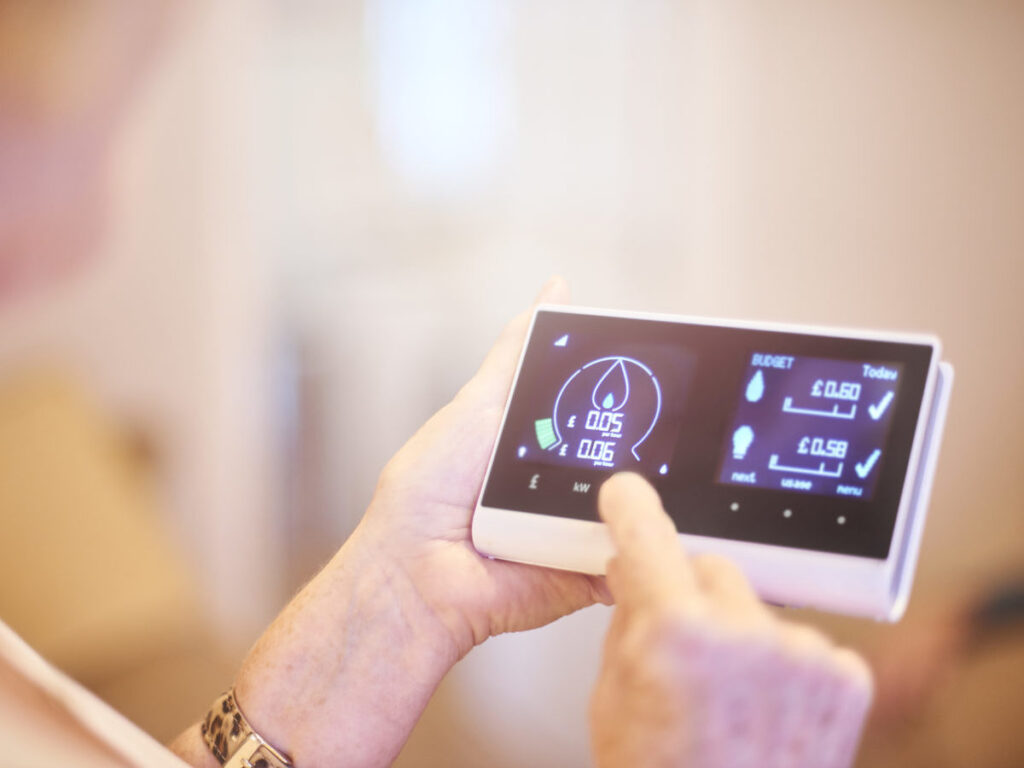Getting the pulse of your customers

T&D World’s Rick Bush ponders the changing utility business since his time at Georgia Power.
I once had the privilege of serving as the chairman of a Georgia Power committee to see how we might better serve our residential and small commercial customers. The focus was on power quality. When our current VP of power delivery asked me to be chairman of this committee, I came up with what I thought was a clever dodge: “If you want someone running the committee who has absolutely no knowledge of power quality, then I am your man.” His response: “That is exactly what I am looking for.”
I thought I could talk my way out of this committee, but in fact, I did myself in. We had plenty of people in the company who were a whole lot more knowledgeable than me about power quality. But my VP was looking for someone who could bring representatives from all pertinent departments together to come up with an executable plan that would enhance power quality and the perception of power quality to this segment of our customer base. And he had confidence that I could fulfill that role.
Our committee was made up of some sharp people from power quality, the meter lab, the relay lab, and the research lab, as well as individuals from customer care and customer research. Essentially, we had a “who’s who” of each group tackling this.
Some individual activities stood out. One of our lead engineers looked at our breaker settings to see how we might reconfigure the network to optimize settings so that we could reduce the impact of outages on our customers. We also had a leader at one of our customer service centers who invited us to hold several of our meetings at his facility—we wanted to see first-hand how representatives fielded service-related questions.
We also surveyed our customers to determine what was most important to them and how they perceived the reliability of the service they received. We reviewed how we handled power quality complaints. We even looked at all the surge suppression meter extenders on the market to address lightning issues. We followed up with focus groups to gather qualitative insights that would help us understand what was going on with our customers on a personal level.
Looking back, we made significant strides in ensuring reliable power for a segment of our customer base, even though the tools of the day were fairly crude. We enhanced the overall delivery of quality power, provided call center personnel with scripts and with additional resources for them to respond to customers with power quality concerns, and offered whole house protection to customers in lightning-prone areas.
Tackling a similar initiative today would not require the same magnitude of resources we expended in the ‘80s. Utilities now have exponentially more data available from smart meters, as well as myriad analytical tools to help them work more effectively with customers.
Of course, analytics is a powerful tool that can be applied to all aspects of the business, including asset health, performance management, system integration, and grid operations.
This July I was invited to attend a UAI event hosted by Tennessee Valley Authority. UAI is a member-driven organization focused on bringing robust analytics to all appropriate segments of the energy business. Gina Weber, managing director of UAI, facilitated sessions where utility members shared experiences and insights around how their peers could focus their respective efforts.
UAI was formed in 2011, so it has logged quite a few case study successes from its members. Recently Consumers Energy shared its logistic regression methodology to identify customers to target for direct mail campaigns. Consumers Energy had access to SAP customer records and sent data via a secure FTP to a vendor called Virtual DBS. This vendor used their mathematicians and data scientists to develop the models that generated lists of customers who were most likely to respond positively to specific offerings.
With appropriate data collection, data integration, data analysis and data presentation, the utility was able to save hundreds of thousands of dollars in marketing expenditures because it only sent mail to customers most likely to responds and stay with the program rather than simply mailing to everyone in the database.
As this was the first instance of using data science in determining customers to target for products and services at Consumers, it took a while before people began to trust that the models would work better than historical approaches, and that they would also save the company money. To keep the faith of stakeholders, the analytics team maintained full transparency about what they were doing and why.
When I look at what Consumers Energy is doing, I realize that today’s utilities have access to so much more sophisticated customer data and more powerful software tools. But just as important is the notion of sharing and collaboration of diverse groups and stakeholders. Utilities no longer have to learn in isolation. And this is increasingly critical as the pace of change in the market is accelerating.





